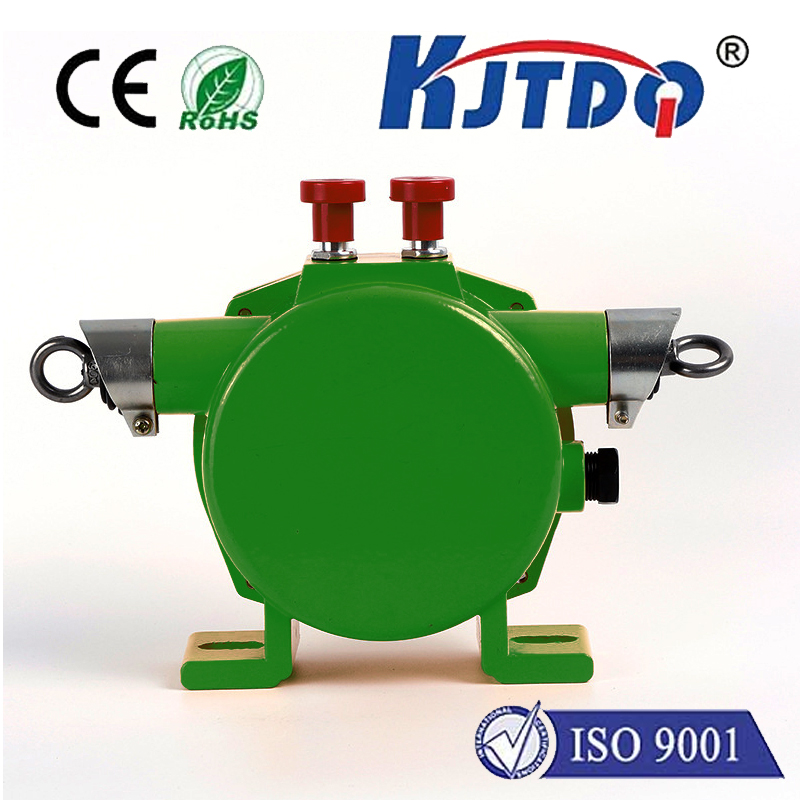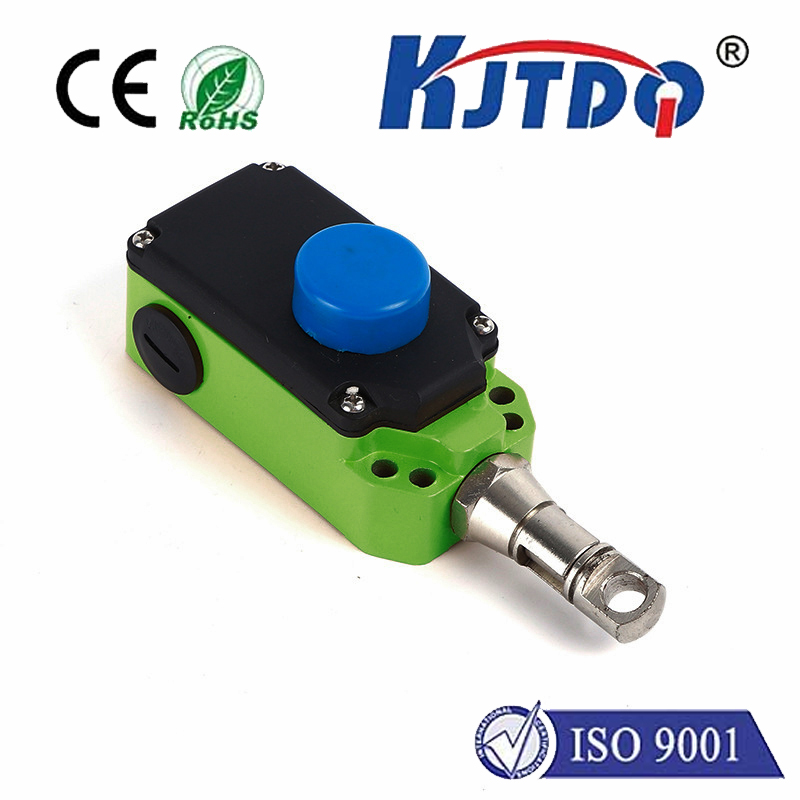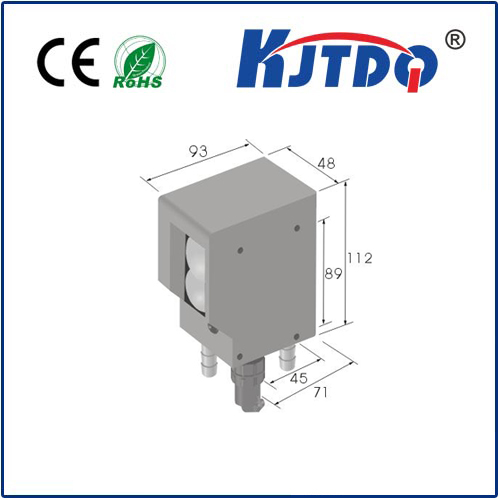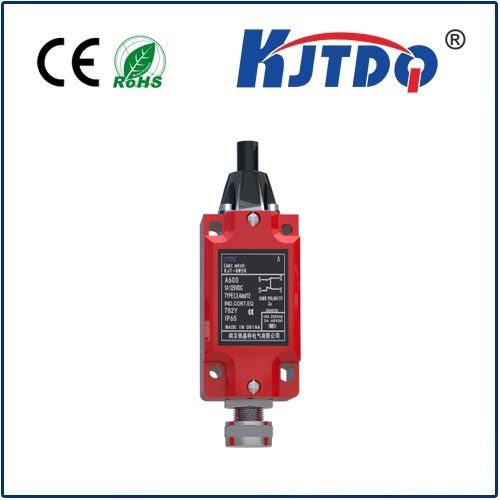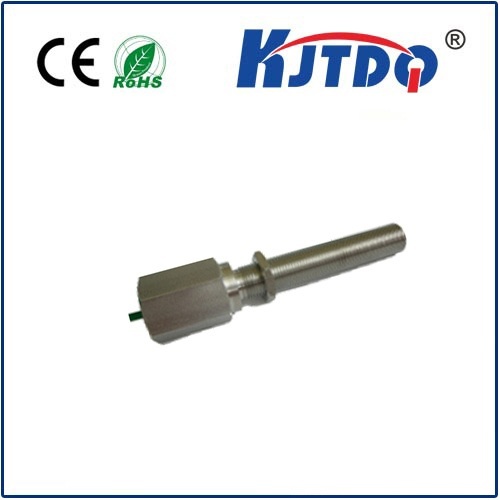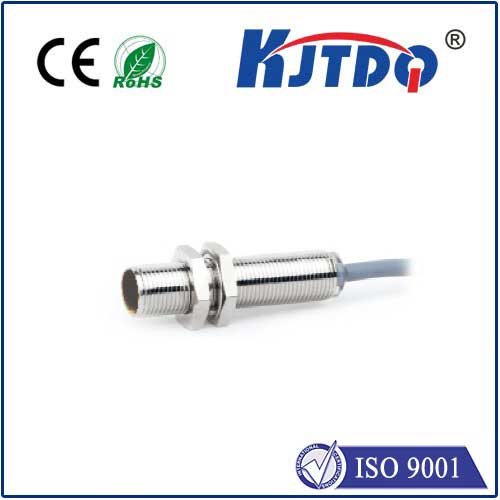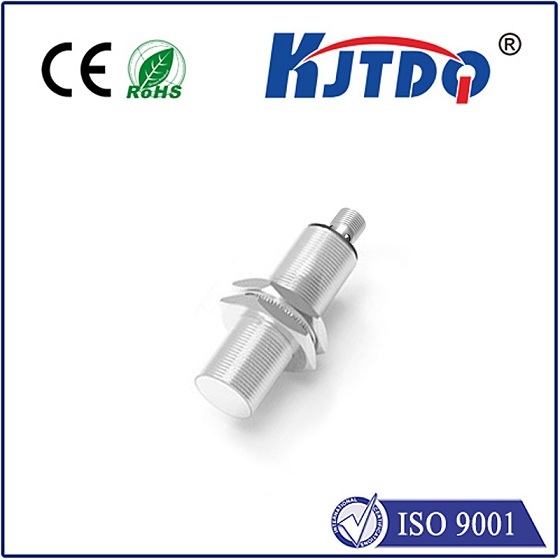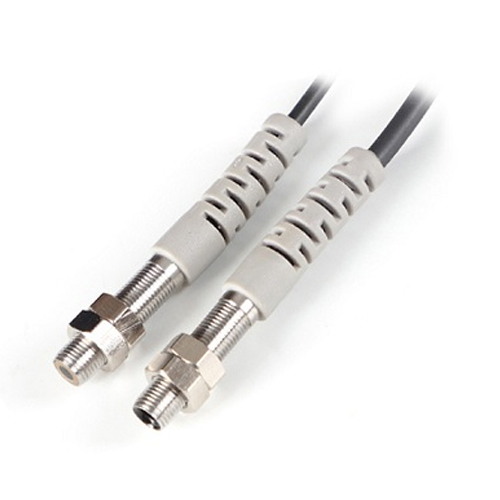

check

check

check

check

check

check

check

check

check

check
Title: Understanding the Mechanics of a Diffuse Reflective Optical Sensor Introduction A diffuse reflective optical sensor is an advanced piece of technology designed to measure the distance or presence of an object by interpreting the light that bounces, or reflects, off it. It plays a crucial role in various applications, spanning across industrial automation, automotive systems, and even medical diagnostics. This article delves into the intricate workings of a diffuse reflective optical sensor, shedding light on its functionality, application, and significance in today’s technologically driven world. The Working Principle At its core, a diffuse reflective optical sensor comprises an emitter and a detector housed within a single package. The emitter shoots a beam of light towards an object, which then gets scattered or reflected in multiple directions owing to the diffuse nature of the surface. This reflected light is then captured by the sensor’s detector, which analyses the light pattern to determine the distance to the object. The distance is measured based on the time it takes for the light to travel to the object and back to the receiver. Given that the speed of light is a constant, any changes in the time interval directly correspond to changes in distance. Therefore, by measuring this time interval with high precision, the sensor can determine the exact location of the object. Applications Across Industries Thanks to their non-contact measurement capabilities and high accuracy, diffuse reflective optical sensors are utilized across various industries. In automotive manufacturing, these sensors are employed in parking assist systems, where they measure the distance between the car and an obstacle, alerting the driver when the car is too close. In the healthcare industry, these sensors find application in diagnostic tools for measuring vital signs such as heart rate and oxygen levels in a non-invasive manner. They are also used in industrial automation for tasks such as loading/unloading materials, packaging, and quality control inspection where precise measurement of objects is imperative.

Significance in the Technological World The advent of diffuse reflective optical sensors has revolutionized the way we interact with our surroundings. By enabling automated systems to ‘see’ and respond to their environment, these sensors play a critical role in enhancing efficiency, safety, and convenience in numerous applications. As we continue to embrace smarter technologies and innovative solutions, the role of diffuse reflective optical sensors is only set to grow, cementing their significance in our increasingly digital world. Conclusion To conclude, a diffuse reflective optical sensor is more than just a complex gadget filled with technical jargon - it’s a bridge connecting the physical and digital world, helping machines interpret their environment with unprecedented accuracy. Its applications, ranging from healthcare to automotive and industrial sectors, attest to its versatility and importance in our day-to-day lives. As technology continues to evolve, we can expect even more innovative uses for these fascinating sensors to emerge, further enriching our interaction with the world around us.
